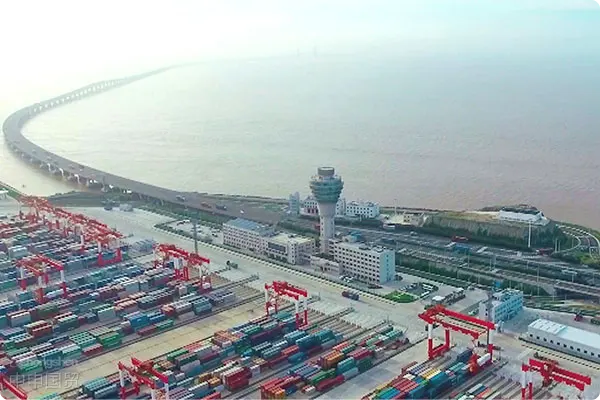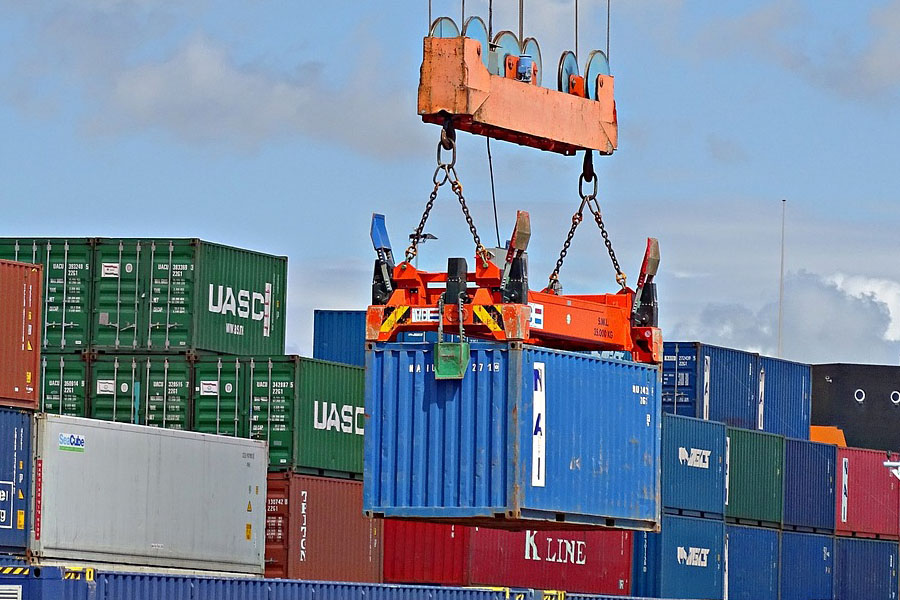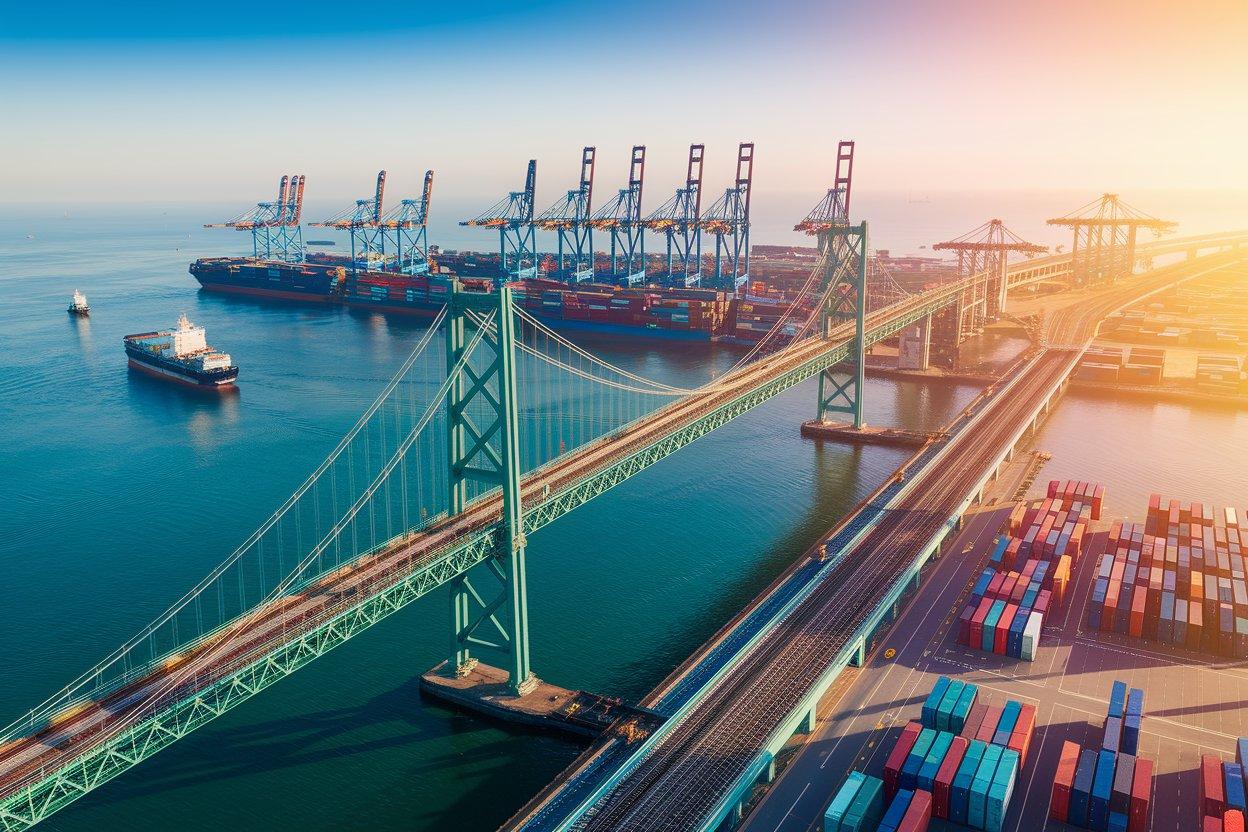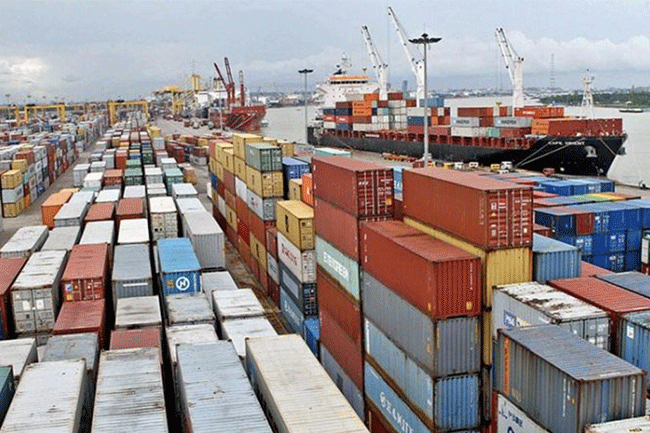- Shanghai Zhongshen International Trade Co., Ltd. - Two decades of trade agency expertise.
- Service Hotline: 139 1787 2118

MedicalEquipment Importsspecial requirements
Latest 2025 customs data shows that ChinasMedical Equipmentimport volume is expected to exceed $28 billion, with three categories of medical devices accounting for 47%. Compared with ordinary goods, medical equipment imports involvea dual regulatory system: compliance with both the General Administration of Customs Supervisory Measures for the Inspection of Imported Medical Devices and the National Medical Products Administrations device registration requirements. In 2024, an MRI equipment purchase by a tertiary hospital was detained at port for 37 days due to incomplete agency qualifications, resulting in direct losses exceeding 800,000 yuan.
Certification is the first threshold for cooperation
- Basic Qualification Requirements
- Medical Device Business License (Category III)
- Customs AEO Advanced Certification qualification
- ISO13485 Medical Device Quality Management System Certification
- Special equipment additional certification
- Radiation equipment requires approval from the Ministry of Ecology and Environment
- Implantable devices require notarized certification of original manufacturer authorization
- Diagnostic reagent imports require special biosafety qualifications
Customs clearance capability determines logistics timeliness
Professional agency companies should possessEnd-to-end process node control capability:
- Pre-classification declaration accuracy rate over 98%
- Ability to handle special declaration procedures for used equipment imports
- Familiarity with inspection focus differences for medical equipment at various ports
- Shanghai Port: Focus on verifying radiation safety certificates
- Shenzhen Port: Enhanced inspection of consumables packaging integrity
Channel resources affect procurement costs
High-quality agency companies typically possessDual negotiation capability:
- Direct procurement channels established with global TOP20 medical device manufacturers
- Dedicated medical equipment space with major shipping companies
- Possession of special transportation resources
- -40℃ refrigerated transport fleet
- Shock-absorbing air cushion vehicles (suitable for precision equipment)
After-sales service determines long-term benefits
The newly implemented Medical Device Use Quality Supervision and Management Measures in 2025 require importers to provide:
- Complete Chinese translation of technical documentation
- Traceable parts supply system
- 48-hour emergency response mechanism
- Case: An agency company established a 3-hour emergency clearance channel for pacemakers
Cost control requires thorough management
- Explicit cost control
- Application of tariff preferential policies (e.g., ECFA Early Harvest Program)
- Optimization of transportation insurance portfolio solutions
- Prevention of hidden costs
- Port demurrage fee early warning mechanism
- Technical rectification plan reserve
Under the background of medical device import filing system reform in 2025, selecting anFull - chain service capabilitiesagency company can not only ensure compliant equipment entry but also shorten the procurement cycle by over 30% through professional services. It is recommended that enterprises require the agency to provide import cases of similar equipment in the past three years and conduct on-site inspections of their warehousing conditions and emergency handling capabilities when making selections.
Related Recommendations
Category case
Get in Touch
Email: service@sh-zhongshen.com
Related Recommendations
Contact via WeChat

? 2025. All Rights Reserved. Shanghai ICP No. 2023007705-2  PSB Record: Shanghai No.31011502009912
PSB Record: Shanghai No.31011502009912








